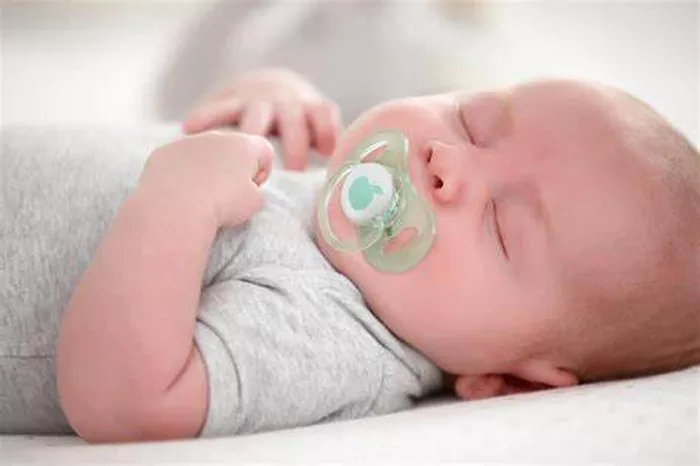Welcoming a newborn into the family is an exciting and joyful experience, accompanied by a multitude of decisions regarding their care and comfort. Among these decisions, selecting the appropriate pacifier size for your newborn is paramount. Pacifiers, also known as soothers or binkies, can provide comfort and alleviate fussiness in infants. However, choosing the correct size is essential to ensure both safety and effectiveness. In this comprehensive guide, we will delve into the factors to consider when selecting the right size pacifier for your newborn.
Understanding Pacifier Sizes:
Pacifiers come in various shapes, designs, and sizes to accommodate the developmental stages of infants. When it comes to size, manufacturers typically categorize pacifiers based on age groups, ranging from newborn to toddler. Each size is designed to suit the specific oral development and comfort needs of infants at different stages of growth.
Factors to Consider:
1. Age and Developmental Stage: The age and developmental stage of your newborn play a crucial role in determining the appropriate pacifier size. Newborn pacifiers are specifically designed to cater to the oral anatomy and sucking reflexes of infants from birth to around six months of age. These pacifiers are smaller in size and feature a nipple shape that mimics the breast, facilitating natural sucking motions.
2. Nipple Size and Shape: The size and shape of the pacifier nipple are pivotal factors to consider. For newborns, pacifiers with smaller, orthodontic-shaped nipples are recommended. These nipples are designed to promote proper oral development by allowing the tongue to rest in a natural position and preventing dental issues such as misalignment.
3. Shield Design: The shield, or the base of the pacifier, should be wide enough to prevent accidental choking hazards. However, it should not be too bulky to cause discomfort for the newborn. Opt for pacifiers with a contoured shield that comfortably rests against the baby’s face without obstructing breathing or causing irritation.
4. Material Composition: Pacifiers are commonly made from silicone or latex materials. While both are safe for newborns, silicone pacifiers tend to be more durable, odorless, and easier to clean. Additionally, silicone is hypoallergenic, making it suitable for infants with sensitive skin or latex allergies.
5. Safety Standards: Prioritize pacifiers that meet safety standards set by regulatory authorities, such as the Consumer Product Safety Commission (CPSC) in the United States or the European Committee for Standardization (CEN) in Europe. These standards ensure that pacifiers undergo rigorous testing for durability, chemical composition, and choking hazards.
Choosing the Right Size:
When selecting a pacifier size for your newborn, it’s essential to assess their individual needs and preferences. Here’s a step-by-step guide to help you choose the right size:
1. Consult with Healthcare Providers: Before introducing a pacifier to your newborn, consult with pediatricians or lactation consultants. They can offer personalized recommendations based on your baby’s oral development, feeding habits, and any specific concerns.
2. Consider Infant’s Mouth Size: Assess the size of your newborn’s mouth and oral cavity. Newborn pacifiers should comfortably fit inside the mouth without causing strain or obstruction. Avoid pacifiers that are too large, as they may lead to difficulty in sucking or potential choking hazards.
3. Trial and Observation: It may take some trial and error to find the perfect pacifier size for your newborn. Start with smaller-sized pacifiers and observe how your baby responds. Look for signs of comfort, such as relaxed sucking motions and contentment.
4. Monitor for Red Flags: While using pacifiers, monitor your newborn for any signs of discomfort or adverse reactions. If you notice excessive drooling, difficulty in breathing, or skin irritation around the mouth, discontinue use and consult with healthcare professionals.
5. Gradual Transition: As your newborn grows and their oral development progresses, you may need to transition to larger-sized pacifiers. Pay attention to your baby’s cues and adjust accordingly to ensure continued comfort and safety.
Conclusion:
Choosing the right size pacifier for your newborn is a critical decision that can impact their comfort, oral development, and overall well-being. By considering factors such as age, nipple size, shield design, material composition, and safety standards, you can make informed choices that prioritize your baby’s needs. Remember to consult with healthcare providers, monitor your baby’s responses, and adapt as needed to ensure a seamless pacifier experience for your newborn.


